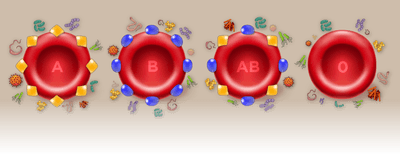Immunology
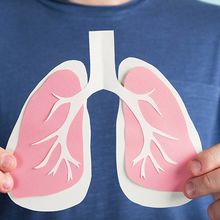
Genetic Engineering Hides Donor Organs from Host Immune System
Hannah Thomasy, PhD | Sep 30, 2024 | 5 min read
Antigen knockdown prevented organ rejection in minipigs, even in the absence of immunosuppression.
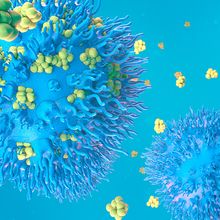
Innate Immune Cells Develop Memory with a T Cell Marker
Shelby Bradford, PhD | Sep 30, 2024 | 4 min read
Human innate immune cells that “remember” previous stimulation could provide new insights into chronic inflammatory diseases.
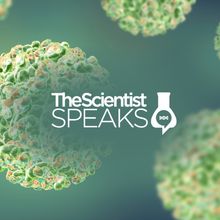
Understanding the Role of Autophagy in Infectious Disease
The Scientist | Sep 25, 2024 | 1 min read
Josephine Thinwa shares her journey to becoming a physician scientist and how this led her to investigate the role of a neurologically important kinase in virus-induced autophagy.
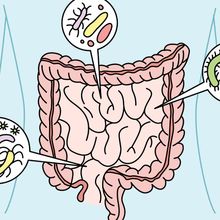
Unlocking the Human Microbiome Mysteries: From Cancer to COVID-19
Laura Tran, PhD | Sep 24, 2024 | 4 min read
The microbiome is a dynamic environment that can give researchers the inside scoop on health and disease.
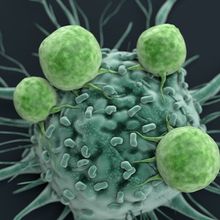
The Circadian Clock Tells the Right Time for Immunotherapy
Sahana Sitaraman, PhD | Sep 23, 2024 | 4 min read
Administering immunotherapy when the tumor microenvironment is most susceptible to T cells enhances treatment efficacy in mice.
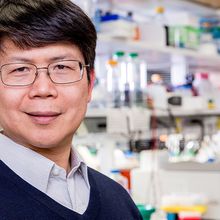
DNA-Sensing Enzyme Wins the 2024 Lasker Award
Laura Tran, PhD | Sep 19, 2024 | 7 min read
Zhijian “James” Chen received this year’s Albert Lasker Award for discovering cGAS, an enzyme which scopes out DNA-based threats and alerts the immune system.
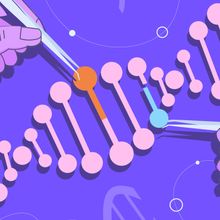
From CRISPR to Prime Editing: The Evolution of the Genome Editing Revolution
Danielle Gerhard, PhD | Sep 17, 2024 | 5 min read
Even as CRISPR-based tools become a lab staple, scientists strive to tackle the associated technological challenges to improve their efficacy and safety.
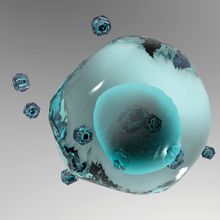
In Search of FACS: The History of Fluorescence Activated Cell Sorting
Shelby Bradford, PhD | Sep 13, 2024 | 10+ min read
In the middle of the 20th century, science disciplines collided and set the stage for a technology that changed cell research.
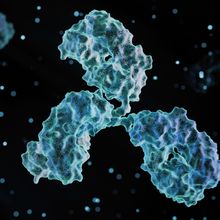
Protein Biomarker Research Solutions
The Scientist Creative Services Team in collaboration with MilliporeSigma | Sep 9, 2024 | 1 min read
Immunoassays help researchers across a range of applications from screening to targeted analysis.

Why Pain During Wound Healing May be a Good Sign
Sneha Khedkar | Sep 5, 2024 | 4 min read
Sensory neurons grow into injured tissues and modulate the immune system to promote healing.
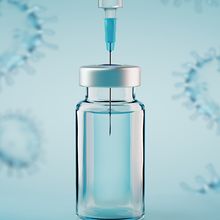
Engineered Yeast Brew a Vaccine Adjuvant
Sahana Sitaraman, PhD | Sep 3, 2024 | 3 min read
Ever since its discovery in the 1900s, the production of a potent vaccine adjuvant relied on the Chilean soapbark tree. Now, yeast can make the molecule.

Crafting Science Stories for Young Audiences
Danielle Gerhard, PhD | Sep 2, 2024 | 7 min read
Finding a narrative that resonates with the audience and serving it in their preferred format helps make science engaging, relatable, and fun.
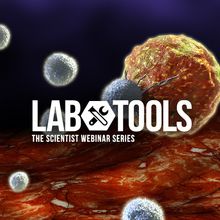
Improving T Cell Tumor-Specificity Using Single Cell Co-culture
The Scientist Staff | Aug 28, 2024 | 1 min read
In this webinar, Edward Han, Jospeh Zenga, and Tyce Kearl will discuss how optofluidic technologies unlock key immuno-oncology insights for translational applications.

Can the Brain Help Heal a Broken Heart?
Hannah Thomasy, PhD | Aug 28, 2024 | 6 min read
Stimulation of neural reward pathways may help mice recover from heart attacks.
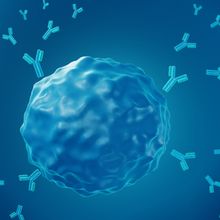
Autoimmune Diseases: An Alternative Application for Immunotherapy
The Scientist | Aug 23, 2024 | 1 min read
Learn how immunotherapy is revolutionizing autoimmune disorder treatment.
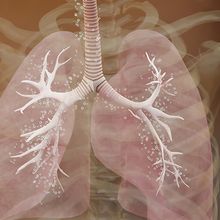
Prenatal Inflammation Makes Mice Susceptible to Asthma
Shelby Bradford, PhD | Aug 20, 2024 | 4 min read
Maternal immune responses during mice gestation led to a hyperactive population of innate-like immune cells in offspring that contributed to altered lung composition and function.
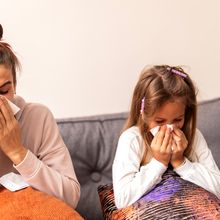
A Better Mucus Model
Aparna Nathan, PhD | Aug 20, 2024 | 4 min read
A more realistic model of the mucus layer that lines the lungs and gut could provide important insights into the function of this critical defensive barrier.
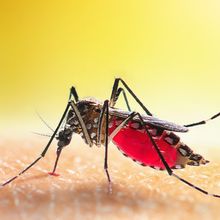
A Mosquito Protein Facilitates Zika Infection
Claudia Lopez-Lloreda, PhD | Aug 14, 2024 | 3 min read
A salivary protein in mosquitos can suppress host immune activity and aid viral transmission.

Unmixing the Fundamentals of Spectral Flow Cytometry
BD Biosciences | Aug 7, 2024 | 1 min read
Spectral flow cytometry collects the full emission spectrum of a fluorochrome, enabling multicolor panels with more parameters than conventional flow cytometry.
